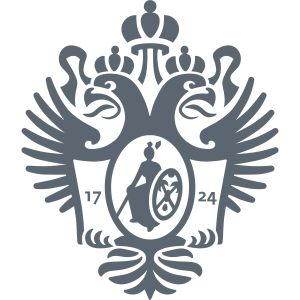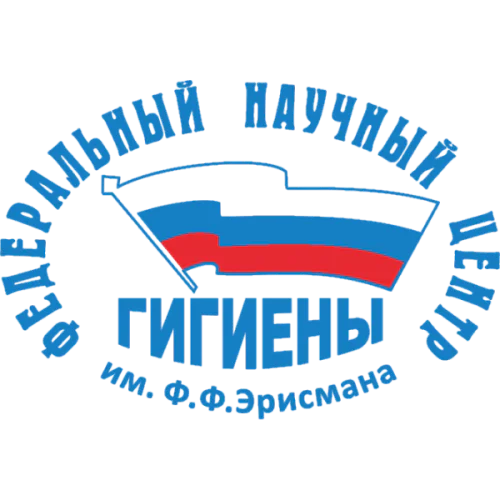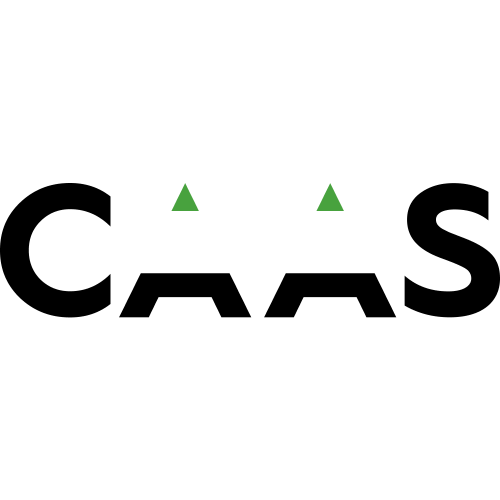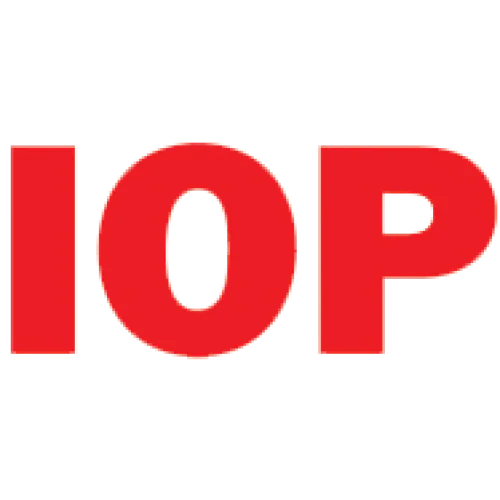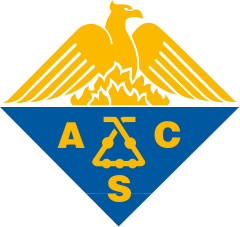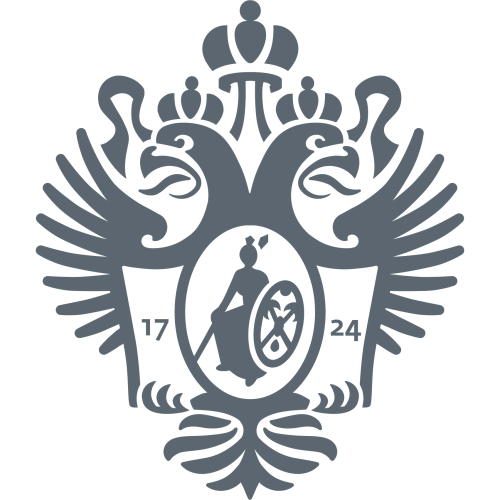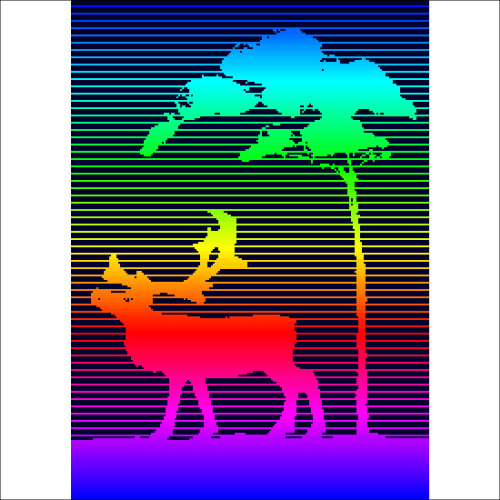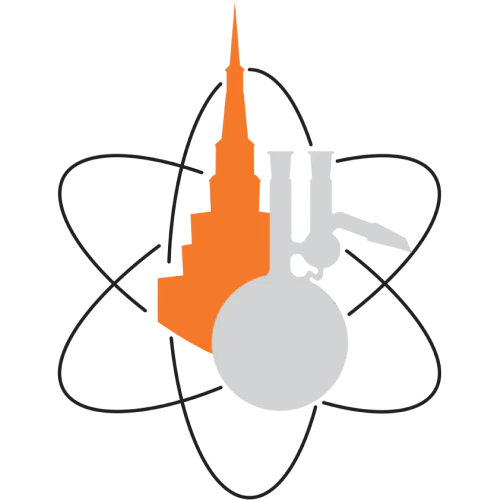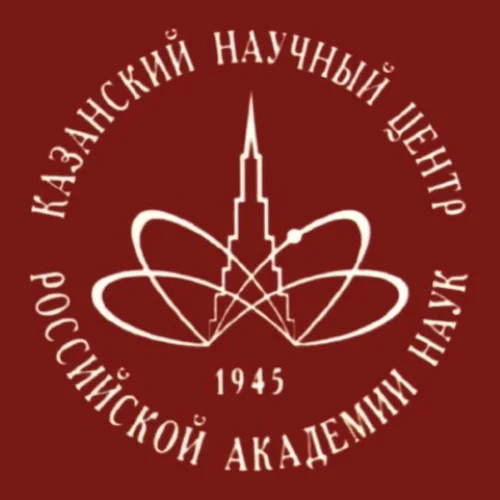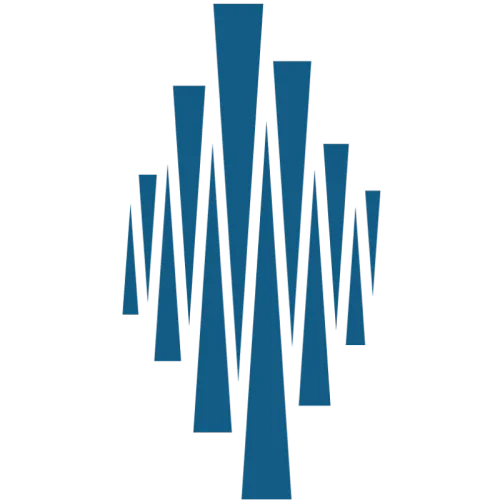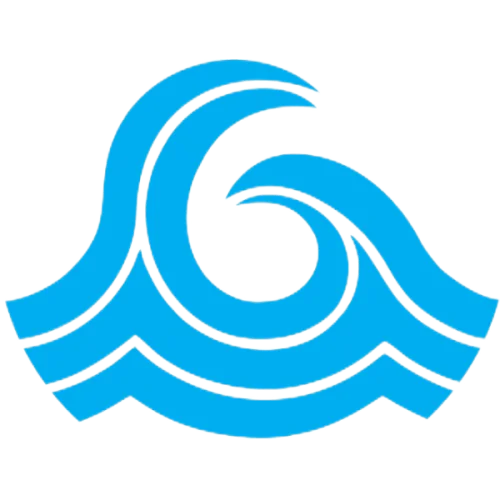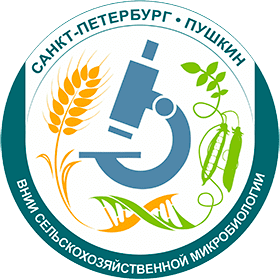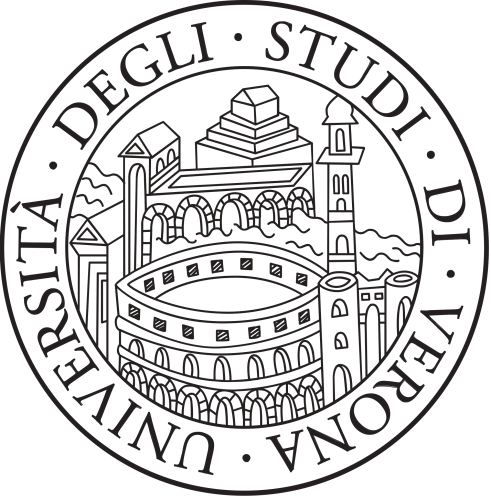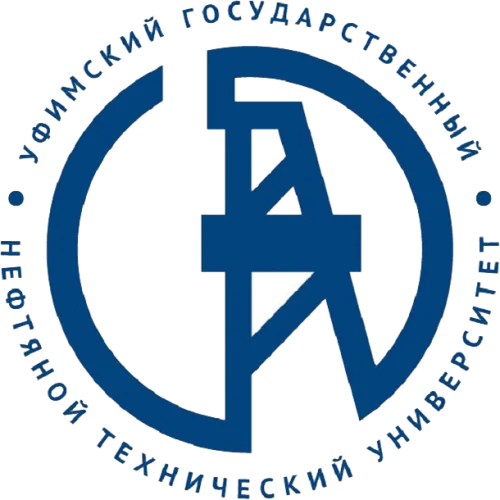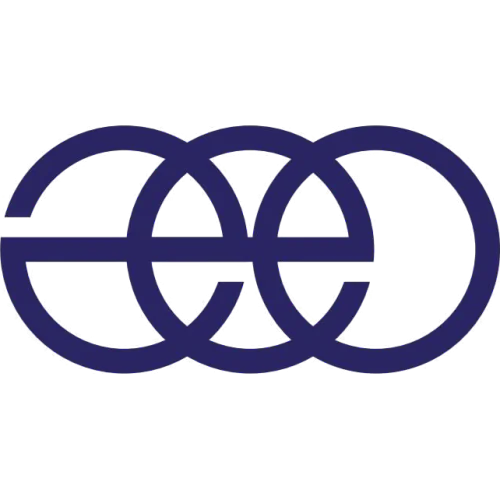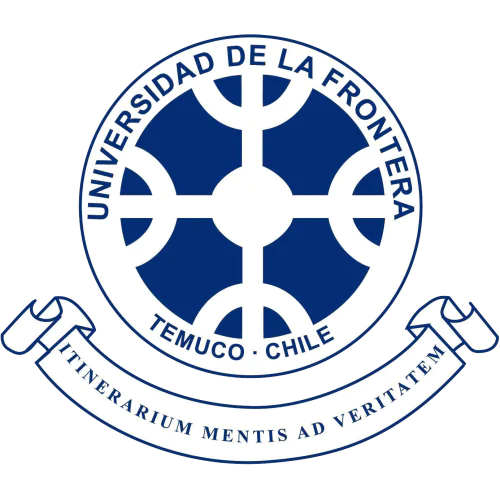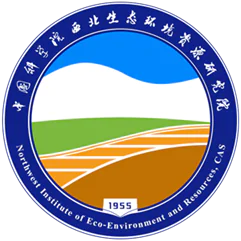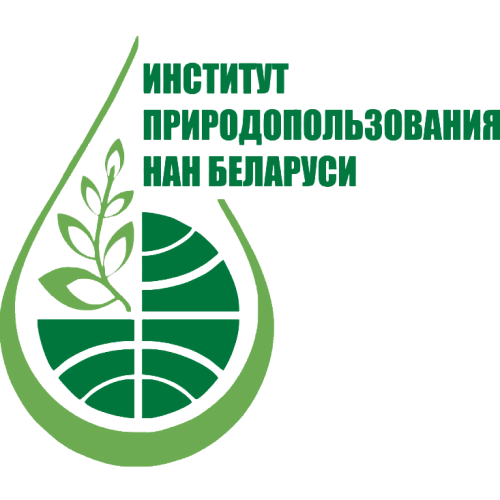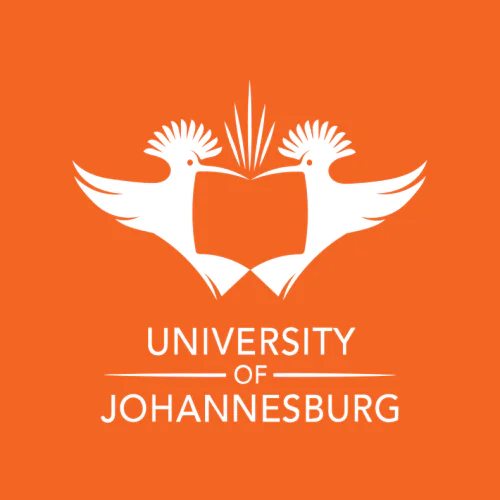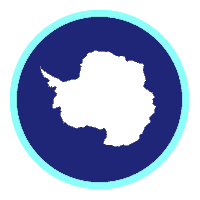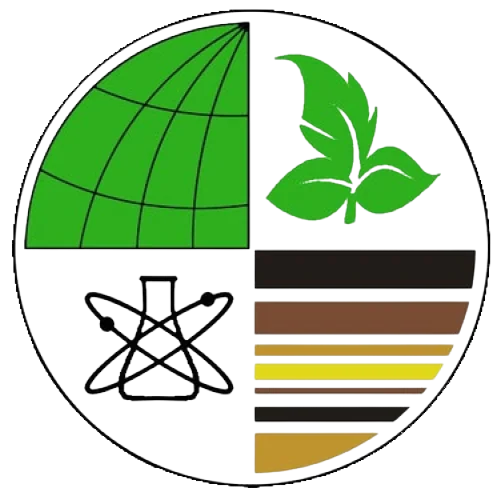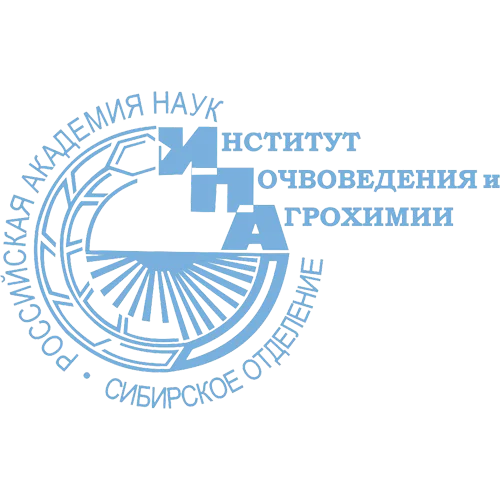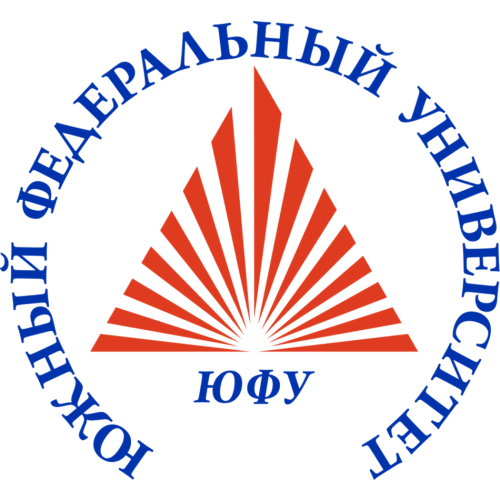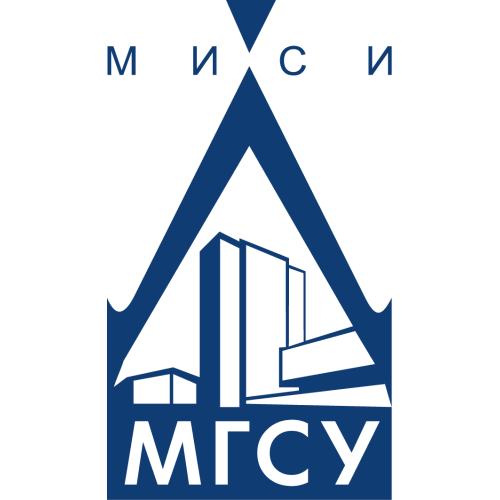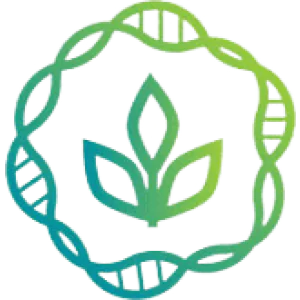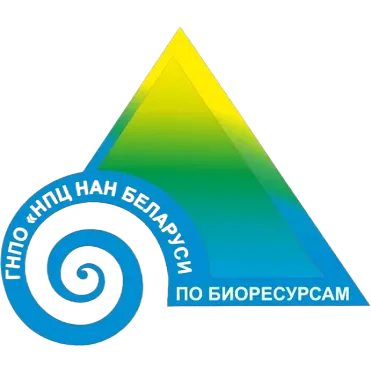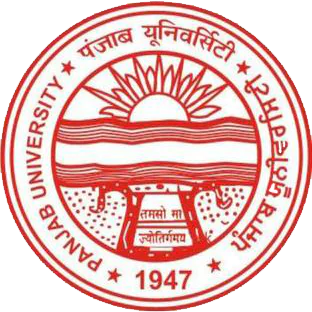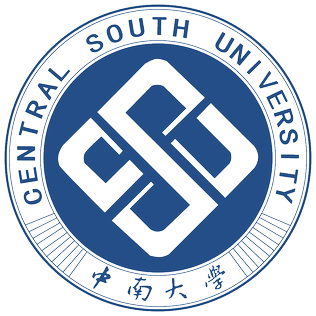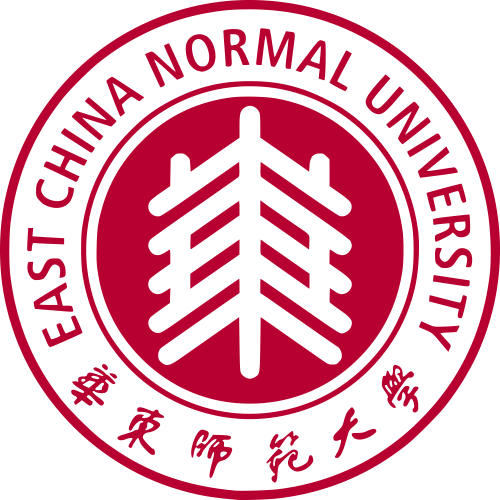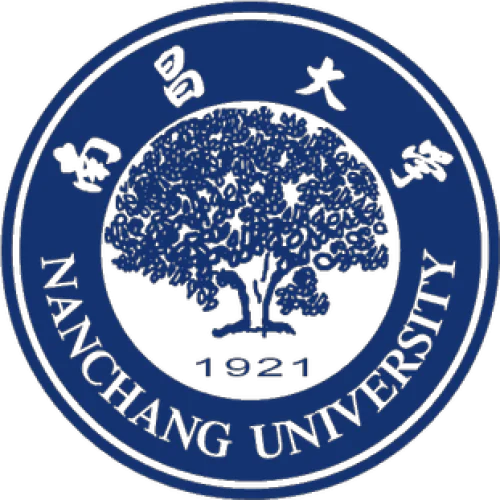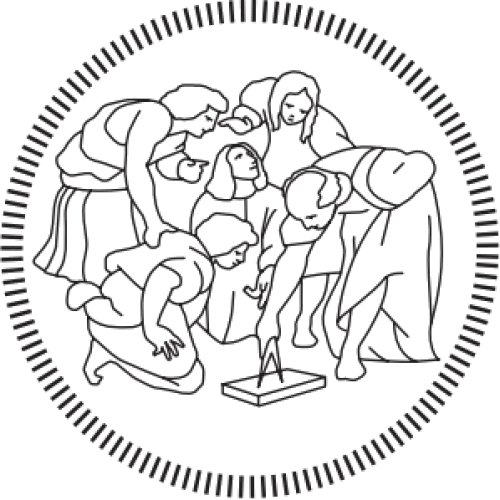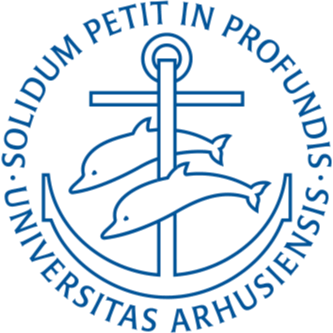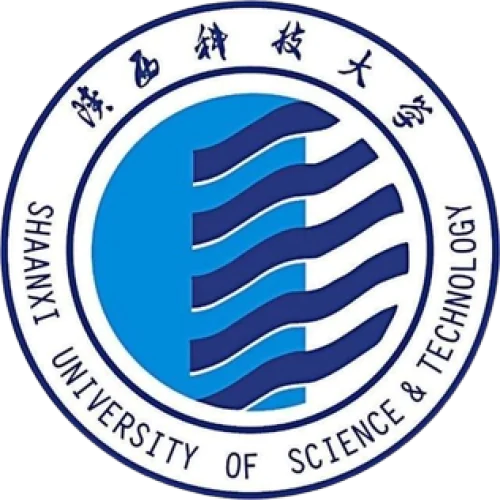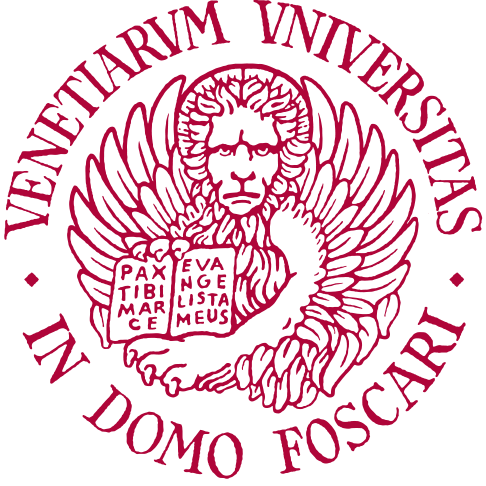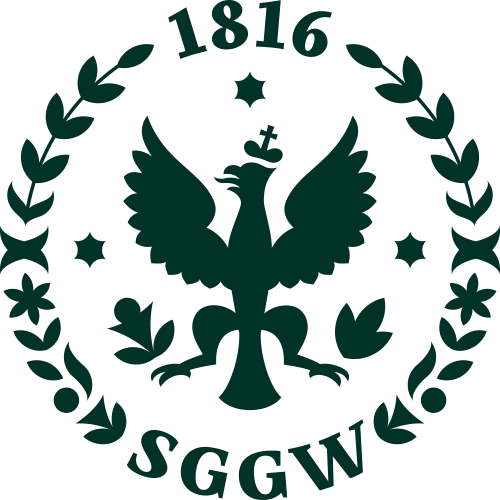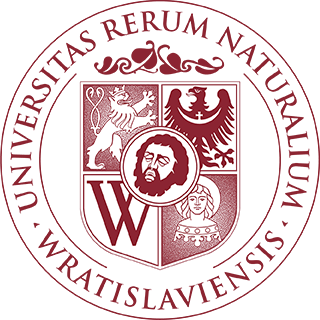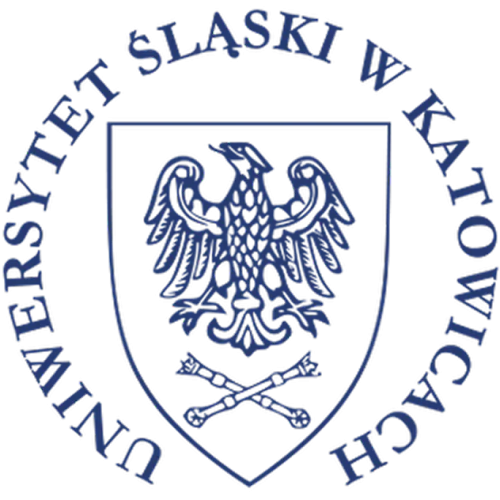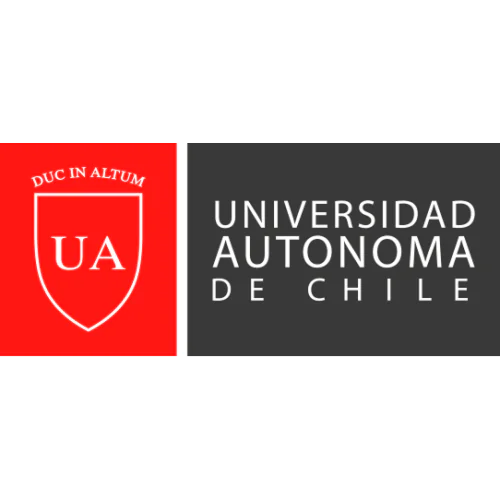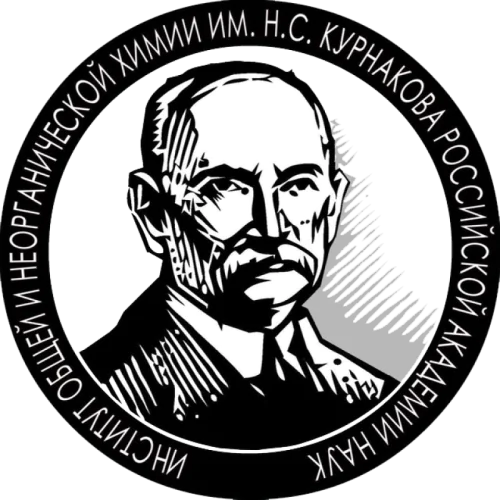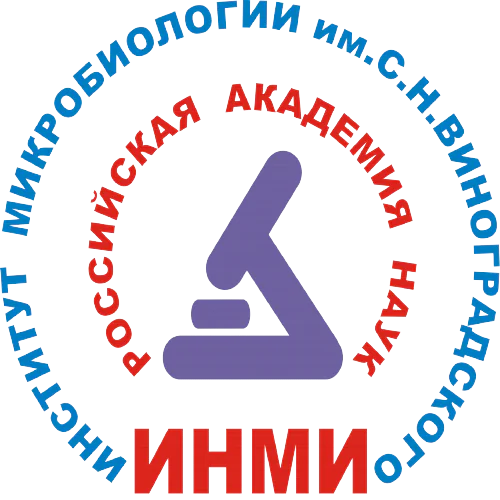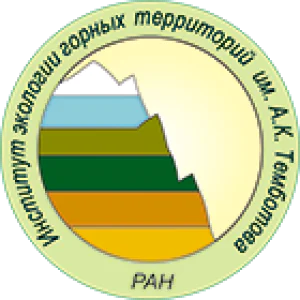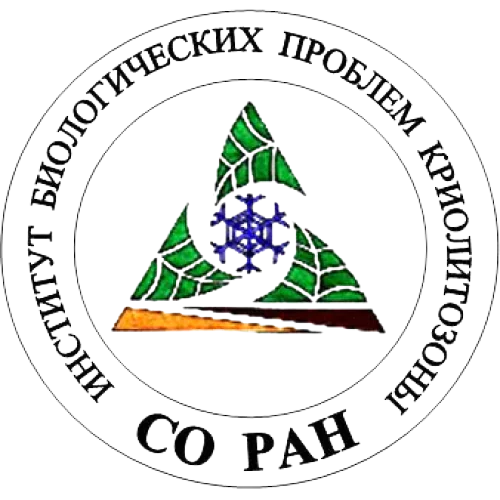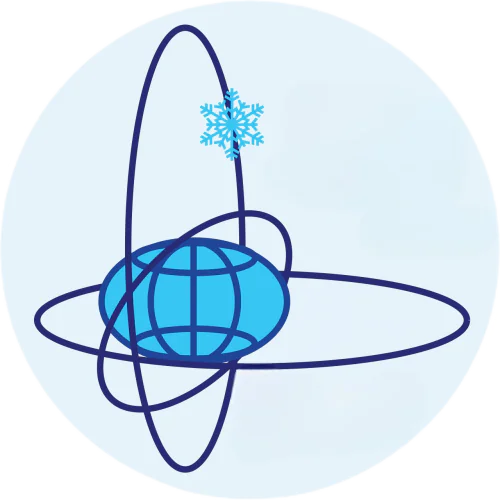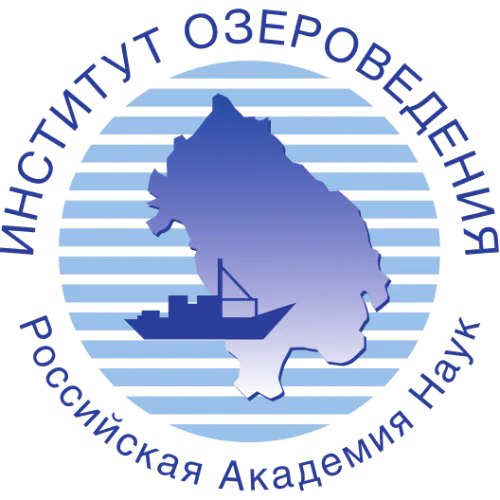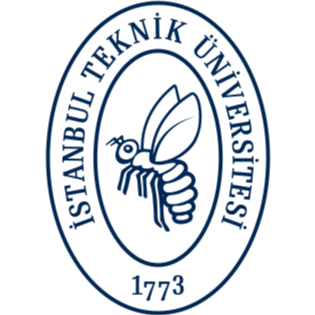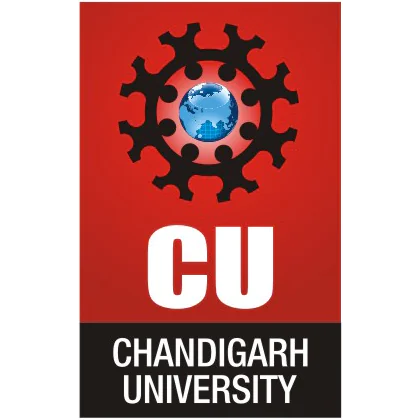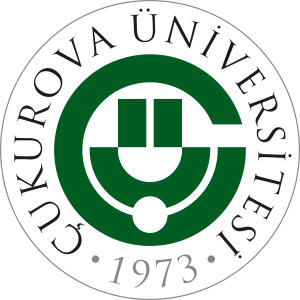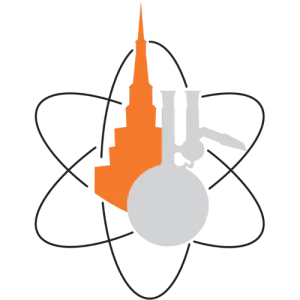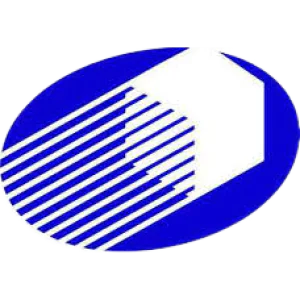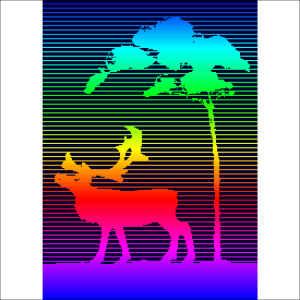
Ivan S Alekseev
Publications
42
Citations
276
h-index
10
Found
Nothing found, try to update filter.
Found
Nothing found, try to update filter.
Found
Nothing found, try to update filter.
Total publications
42
Total citations
276
Citations per publication
6.57
Average publications per year
4.2
Average coauthors
2.21
Publications years
2016-2025 (10 years)
h-index
10
i10-index
11
m-index
1
o-index
16
g-index
15
w-index
2
Metrics description
h-index
A scientist has an h-index if h of his N publications are cited at least h times each, while the remaining (N - h) publications are cited no more than h times each.
i10-index
The number of the author's publications that received at least 10 links each.
m-index
The researcher's m-index is numerically equal to the ratio of his h-index to the number of years that have passed since the first publication.
o-index
The geometric mean of the h-index and the number of citations of the most cited article of the scientist.
g-index
For a given set of articles, sorted in descending order of the number of citations that these articles received, the g-index is the largest number such that the g most cited articles received (in total) at least g2 citations.
w-index
If w articles of a researcher have at least 10w citations each and other publications are less than 10(w+1) citations, then the researcher's w-index is equal to w.
Top-100
Fields of science
Journals
|
1
2
3
4
|
|
|
Gigiena i sanitariia
4 publications, 9.52%
|
|
|
Czech Polar Reports
3 publications, 7.14%
|
|
|
Springer Geography
3 publications, 7.14%
|
|
|
Geoderma Regional
2 publications, 4.76%
|
|
|
MATEC Web of Conferences
2 publications, 4.76%
|
|
|
Bulletin of Environmental Contamination and Toxicology
2 publications, 4.76%
|
|
|
Soil Science Annual
2 publications, 4.76%
|
|
|
Agriculture
1 publication, 2.38%
|
|
|
Polar Research
1 publication, 2.38%
|
|
|
Colloids and Surfaces B: Biointerfaces
1 publication, 2.38%
|
|
|
Environmental Research
1 publication, 2.38%
|
|
|
Microorganisms
1 publication, 2.38%
|
|
|
Eurasian Journal of Soil Science
1 publication, 2.38%
|
|
|
Archives of Environmental Contamination and Toxicology
1 publication, 2.38%
|
|
|
Eurasian Soil Science
1 publication, 2.38%
|
|
|
Polar Science
1 publication, 2.38%
|
|
|
Polarforschung
1 publication, 2.38%
|
|
|
Soil and Water Research
1 publication, 2.38%
|
|
|
International Agrophysics
1 publication, 2.38%
|
|
|
Open Agriculture
1 publication, 2.38%
|
|
|
Energies
1 publication, 2.38%
|
|
|
Solid Earth
1 publication, 2.38%
|
|
|
Environmental Monitoring and Assessment
1 publication, 2.38%
|
|
|
Soil Systems
1 publication, 2.38%
|
|
|
Arctic and Antarctic Research
1 publication, 2.38%
|
|
|
1
2
3
4
|
Citing journals
Publishers
|
1
2
3
4
5
6
7
|
|
|
Springer Nature
7 publications, 16.67%
|
|
|
Elsevier
5 publications, 11.9%
|
|
|
Walter de Gruyter
4 publications, 9.52%
|
|
|
Federal Scientific Center for Hygiene F.F.Erisman
4 publications, 9.52%
|
|
|
MDPI
3 publications, 7.14%
|
|
|
Masaryk University Press
3 publications, 7.14%
|
|
|
EDP Sciences
2 publications, 4.76%
|
|
|
Pleiades Publishing
1 publication, 2.38%
|
|
|
Czech Academy of Agricultural Sciences
1 publication, 2.38%
|
|
|
Norwegian Polar Institute
1 publication, 2.38%
|
|
|
Federation of Eurasian Soil Science Societies
1 publication, 2.38%
|
|
|
Copernicus
1 publication, 2.38%
|
|
|
Deutsche Gesellschaft fur Polarforschung
1 publication, 2.38%
|
|
|
FSBI Arctic and Antarctic Research Institute (FSBI AARI)
1 publication, 2.38%
|
|
|
Institute of Agrophysics Polish Academy of Sciences
1 publication, 2.38%
|
|
|
1
2
3
4
5
6
7
|
Organizations from articles
|
5
10
15
20
25
|
|
|
Saint Petersburg State University
21 publications, 50%
|
|
|
Organization not defined
|
Organization not defined, 16, 38.1%
Organization not defined
16 publications, 38.1%
|
|
Arctic and Antarctic Research Institute
7 publications, 16.67%
|
|
|
Institute of Biology Komi SC of the Ural Branch of the Russian Academy of Sciences
5 publications, 11.9%
|
|
|
Lomonosov Moscow State University
1 publication, 2.38%
|
|
|
A.E. Arbuzov Institute of Organic and Physical Chemistry of the Kazan Scientific Center of the Russian Academy of Sciences
1 publication, 2.38%
|
|
|
Kazan Scientific Center of the Russian Academy of Sciences
1 publication, 2.38%
|
|
|
Kazan Federal University
1 publication, 2.38%
|
|
|
ITMO University
1 publication, 2.38%
|
|
|
Kazan National Research Technological University
1 publication, 2.38%
|
|
|
Kazan National Research Technical University named after A. N. Tupolev - KAI
1 publication, 2.38%
|
|
|
Ogarev Mordovia State University
1 publication, 2.38%
|
|
|
Kazan E.K. Zavoisky Physical-Technical Institute of the Kazan Scientific Center of the Russian Academy of Sciences
1 publication, 2.38%
|
|
|
Karelian Research Centre of the Russian Academy of Sciences
1 publication, 2.38%
|
|
|
State Hydrological Institute
1 publication, 2.38%
|
|
|
Saint Petersburg State University of Architecture and Civil Engineering
1 publication, 2.38%
|
|
|
All-Russian Research Institute of Agricultural Microbiology
1 publication, 2.38%
|
|
|
Ufa University of Science and Technology
1 publication, 2.38%
|
|
|
University of Verona
1 publication, 2.38%
|
|
|
5
10
15
20
25
|
Countries from articles
|
5
10
15
20
25
30
|
|
|
Russia
|
Russia, 26, 61.9%
Russia
26 publications, 61.9%
|
|
Country not defined
|
Country not defined, 16, 38.1%
Country not defined
16 publications, 38.1%
|
|
Italy
|
Italy, 2, 4.76%
Italy
2 publications, 4.76%
|
|
5
10
15
20
25
30
|
Citing organizations
|
10
20
30
40
50
60
|
|
|
Saint Petersburg State University
56 citations, 20.29%
|
|
|
Organization not defined
|
Organization not defined, 30, 10.87%
Organization not defined
30 citations, 10.87%
|
|
Institute of Biology Komi SC of the Ural Branch of the Russian Academy of Sciences
13 citations, 4.71%
|
|
|
Lomonosov Moscow State University
12 citations, 4.35%
|
|
|
Arctic and Antarctic Research Institute
10 citations, 3.62%
|
|
|
A.E. Arbuzov Institute of Organic and Physical Chemistry of the Kazan Scientific Center of the Russian Academy of Sciences
6 citations, 2.17%
|
|
|
Kazan Scientific Center of the Russian Academy of Sciences
6 citations, 2.17%
|
|
|
Ufa State Petroleum Technological University
6 citations, 2.17%
|
|
|
Institute of Geography of the Russian Academy of Sciences
6 citations, 2.17%
|
|
|
Ufa Federal Research Center of the Russian Academy of Sciences
6 citations, 2.17%
|
|
|
All-Russian Research Institute of Agricultural Microbiology
6 citations, 2.17%
|
|
|
Ufa Institute of the Ufa Federal Research Center of the Russian Academy of Sciences
5 citations, 1.81%
|
|
|
Dokuchaev Soil Science Institute
5 citations, 1.81%
|
|
|
Ufa University of Science and Technology
5 citations, 1.81%
|
|
|
Korea Polar Research Institute
5 citations, 1.81%
|
|
|
Kazan Federal University
4 citations, 1.45%
|
|
|
Peoples' Friendship University of Russia
4 citations, 1.45%
|
|
|
Kazan National Research Technological University
4 citations, 1.45%
|
|
|
Universidad de La Frontera
4 citations, 1.45%
|
|
|
Universidade Federal de Viçosa
4 citations, 1.45%
|
|
|
Northwest Institute of Eco-Environment and Resources, Chinese Academy of Sciences
4 citations, 1.45%
|
|
|
North-Eastern Federal University
3 citations, 1.09%
|
|
|
Institute of North Industrial Ecology Problems of the Kola Science Centre of the Russian Academy of Sciences
3 citations, 1.09%
|
|
|
Institute for Nature Management of the National Academy of Sciences of Belarus
3 citations, 1.09%
|
|
|
Kola Science Center of the Russian Academy of Sciences
3 citations, 1.09%
|
|
|
Saint-Petersburg State Agrarian University
3 citations, 1.09%
|
|
|
Tyumen Scientific Center of the Siberian Branch of the Russian Academy of Sciences
3 citations, 1.09%
|
|
|
Zhejiang University
3 citations, 1.09%
|
|
|
University of Johannesburg
3 citations, 1.09%
|
|
|
Korea University
3 citations, 1.09%
|
|
|
British Antarctic Survey
3 citations, 1.09%
|
|
|
Universidad Católica del Maule
3 citations, 1.09%
|
|
|
N.D. Zelinsky Institute of Organic Chemistry of the Russian Academy of Sciences
2 citations, 0.72%
|
|
|
Institute of Physicochemical and Biological Problems of Soil Science of the Russian Academy of Sciences
2 citations, 0.72%
|
|
|
Institute of Soil Science and Agrochemistry of the Siberian Branch of the Russian Academy of Sciences
2 citations, 0.72%
|
|
|
A.E. Favorsky Irkutsk Institute of Chemistry of the Siberian Branch of the Russian Academy of Sciences
2 citations, 0.72%
|
|
|
ITMO University
2 citations, 0.72%
|
|
|
Peter the Great St. Petersburg Polytechnic University
2 citations, 0.72%
|
|
|
Tomsk State University
2 citations, 0.72%
|
|
|
University of Tyumen
2 citations, 0.72%
|
|
|
Southern Federal University
2 citations, 0.72%
|
|
|
Moscow State University of Civil Engineering
2 citations, 0.72%
|
|
|
Karelian Research Centre of the Russian Academy of Sciences
2 citations, 0.72%
|
|
|
Pushchino State Institute of Natural Sciences
2 citations, 0.72%
|
|
|
Pushchino Scientific Center for Biological Research of the Russian Academy of Sciences
2 citations, 0.72%
|
|
|
Scientific and Practical Center of the National Academy of Sciences of Belarus for Bioresources
2 citations, 0.72%
|
|
|
Panjab University
2 citations, 0.72%
|
|
|
Shahid Bahonar University of Kerman
2 citations, 0.72%
|
|
|
University of Liège
2 citations, 0.72%
|
|
|
University of Lisbon
2 citations, 0.72%
|
|
|
Central South University
2 citations, 0.72%
|
|
|
Nanjing University
2 citations, 0.72%
|
|
|
East China Normal University
2 citations, 0.72%
|
|
|
Nanchang University
2 citations, 0.72%
|
|
|
Polytechnic University of Milan
2 citations, 0.72%
|
|
|
Aarhus University
2 citations, 0.72%
|
|
|
University of Verona
2 citations, 0.72%
|
|
|
Universidade Federal do Rio de Janeiro
2 citations, 0.72%
|
|
|
Shaanxi University of Science and Technology
2 citations, 0.72%
|
|
|
Ca' Foscari University of Venice
2 citations, 0.72%
|
|
|
Yonsei University
2 citations, 0.72%
|
|
|
Queen's University Belfast
2 citations, 0.72%
|
|
|
Lanzhou University
2 citations, 0.72%
|
|
|
Leibniz University Hannover
2 citations, 0.72%
|
|
|
Adam Mickiewicz University in Poznań
2 citations, 0.72%
|
|
|
Warsaw University of Life Sciences
2 citations, 0.72%
|
|
|
Wrocław University of Environmental and Life Sciences
2 citations, 0.72%
|
|
|
University of Saskatchewan
2 citations, 0.72%
|
|
|
University of Tennessee
2 citations, 0.72%
|
|
|
University of Silesia in Katowice
2 citations, 0.72%
|
|
|
Masaryk University
2 citations, 0.72%
|
|
|
Universidad Autónoma de Chile
2 citations, 0.72%
|
|
|
Universidad de Talca
2 citations, 0.72%
|
|
|
Universidad Mayor
2 citations, 0.72%
|
|
|
Forest Research Institute of the Bulgarian Academy of Sciences
2 citations, 0.72%
|
|
|
Kurnakov Institute of General and Inorganic Chemistry of the Russian Academy of Sciences
1 citation, 0.36%
|
|
|
Winogradsky Institute of Microbiology of the Russian Academy of Sciences
1 citation, 0.36%
|
|
|
Institute of Molecular Genetics of NRC «Kurchatov Institute»
1 citation, 0.36%
|
|
|
Tembotov Institute of Ecology of Mountain Territories of the Russian Academy of Sciences
1 citation, 0.36%
|
|
|
Institute for Biological Problems of Cryolithozone of the Siberian Branch of the Russian Academy of Sciences
1 citation, 0.36%
|
|

Federal Research Centre “Fundamentals of Biotechnology” of the Russian Academy of Sciences
1 citation, 0.36%
|
|
|
Bashkir State Agrarian University
1 citation, 0.36%
|
|
|
National Research Centre "Kurchatov Institute"
1 citation, 0.36%
|
|
|
Don State Technical University
1 citation, 0.36%
|
|
|
Ogarev Mordovia State University
1 citation, 0.36%
|
|
|
Kazan E.K. Zavoisky Physical-Technical Institute of the Kazan Scientific Center of the Russian Academy of Sciences
1 citation, 0.36%
|
|
|
State Hydrological Institute
1 citation, 0.36%
|
|
|
State University of Management
1 citation, 0.36%
|
|
|
Trofimuk Institute of Petroleum Geology and Geophysics of the Siberian Branch of the Russian Academy of Sciences
1 citation, 0.36%
|
|
|
Earth Cryosphere Institute TSC of the Siberian Branch of the Russian Academy of Sciences
1 citation, 0.36%
|
|
|
Institute of Limnology of the Russian Academy of Sciences
1 citation, 0.36%
|
|
|
Saint-Petersburg Research Center of the Russian Academy of Sciences
1 citation, 0.36%
|
|
|
Siberian Federal Scientific Center for Agrobiotechnology of Russian Academy of Sciences
1 citation, 0.36%
|
|
|
Fergana State University
1 citation, 0.36%
|
|
|
Ferghana Polytechnical Institute
1 citation, 0.36%
|
|
|
King Saud University
1 citation, 0.36%
|
|
|
Istanbul Technical University
1 citation, 0.36%
|
|
|
University of Tabriz
1 citation, 0.36%
|
|
|
Chandigarh University
1 citation, 0.36%
|
|
|
Cukurova University
1 citation, 0.36%
|
|
|
10
20
30
40
50
60
|
|
Citing countries
- We do not take into account publications without a DOI.
- Statistics recalculated daily.
Data by ORCID
This section displays the profiles of scientists registered on the platform. To display the full list, invite your colleagues to register.




